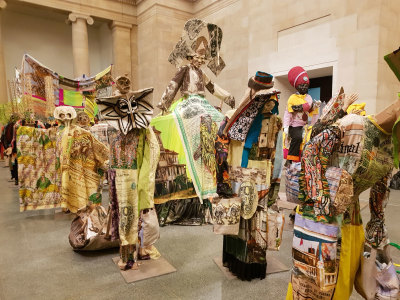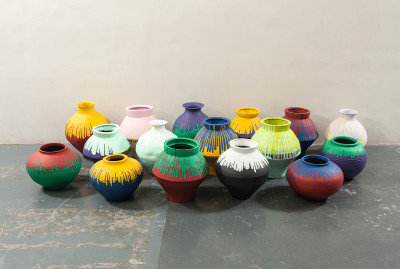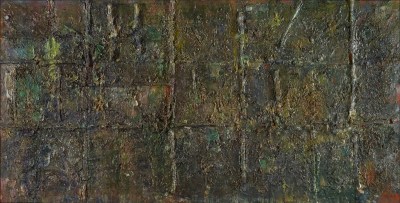‘Le Mystère Picasso’
Every child is an artist. The problem is how to remain an artist once he grows up. — Pablo Picasso
In this video, Picasso demonstrates the importance of play: watch as his drawing evolves from flower, to fish, to chicken, to face, before it becomes the head of a faun.
Try experimenting with making instinctive changes to a drawing:
• start with a speedy doodle and see what animal you can turn it into
• play a game of ‘consequences’ by passing a drawing around the class, each child adding to it or transforming it into something new














































